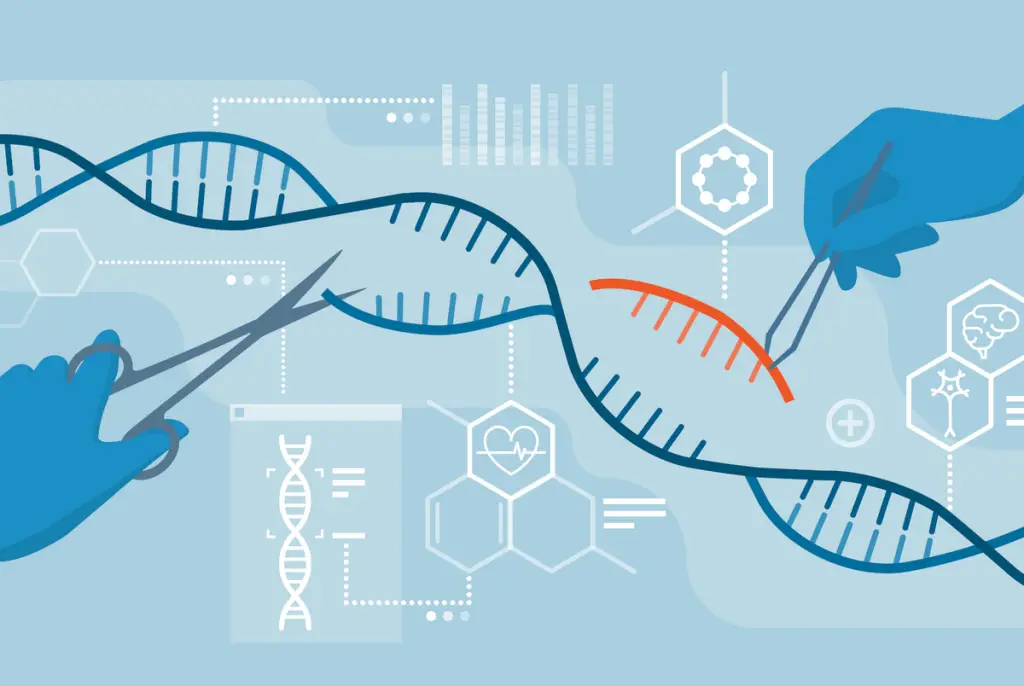Indigo Carmine (IC) is a well-known dye used in food, medicine, and scientific research. It’s also called FD&C Blue No. 2 and gives products a bright blue colour. You have probably seen it in candies, soft drinks, ice creams, and even some medicines. IC isn’t just limited to food, it is also used in medical procedures to help doctors see certain parts of the body clearly, like during kidney function tests. This dye is made from indigo, a natural substance originally derived from plants like Indigofera tinctoria, but nowadays, it’s mostly produced synthetically in labs.
But did you know it might also help fight against bacteriophages? You might be wondering, why focus on fighting bacteriophages instead of using them to treat bacterial infections? While bacteriophages can be beneficial for killing harmful bacteria during therapy, they aren’t always advantageous. These viruses can be harmful, especially in industries like food production, where they may infect beneficial bacteria that play key roles in processes like fermentation. I wrote this blog after reading a recent article by scientists from the Institute of Physical Chemistry at the Polish Academy of Sciences.
The exposure time of the phage to Indigo Carmine played a crucial role
Researchers wanted to understand how IC affects phages. They set up different experiments to see if the dye could stop phages from working. In some tests, they mixed IC with phages from the start, while in others, they added it just before checking the results. They discovered that phage numbers were only significantly reduced when it was mixed from the beginning of the experiment. That means that longer exposure is necessary for the effect to be observed.
The Role of Mixing and Temperature
Interestingly, shaking the mixture made IC work even better. When the samples were stirred, the number of active phages was significantly more than when left still. This is because shaking helps IC molecules bump into phages more often, making it easier for the reaction to occur. Additionally, higher temperatures improved IC’s effectiveness. When samples were kept at 50°C, IC was more effective in deactivating phages compared to lower temperatures. They did not test very high temperatures, even though in the physical world, high temperatures are associated with increased molecular movement, which can accelerate reactions and potentially enhance the desired effect. However, excessive heat can cause molecular instability and denature proteins, potentially harming the phage/dye and reducing its effectiveness.
What Happens to the Phages?
Using a powerful microscope (Transmission Electron Microscope), researchers looked at phages before and after IC treatment. They saw that IC caused changes in the phage’s structure, particularly in its tail and protective shell. The phages looked damaged, and in many cases, their genetic material had leaked out. This damage meant the phages could no longer infect bacteria.

IC’s Effect on Different Types of Phages
Not all phages reacted the same way to IC. It was effective against several DNA-based phages like T4, T1, and λ. However, IC didn’t work on MS2, an RNA-based phage. This difference led researchers to believe that IC interacts with DNA but not RNA, explaining why it worked on some phages and not others.
Protecting Bacteria with IC
One exciting discovery was that IC could protect bacteria from phage attacks. In experiments, bacteria exposed to phages usually died quickly. But when IC was present, the bacteria survived because IC had already deactivated the phages. Importantly, IC didn’t harm the bacteria itself, which makes it a promising tool for industries like dairy production, where phage contamination can ruin products.
Why This Matters
Phage infections are a big problem in many industries that rely on bacteria, like yoghurt and cheese production. Current methods to control phages can be expensive or harmful to the environment. IC offers a safer, cheaper alternative. Plus, since IC is already approved for use in food and medicine, it’s easier to introduce it into new applications.
Conclusion
Indigo Carmine isn’t just a dye; it’s a potential hero in the fight against phages where we do not need them. By damaging the phages’ structure and interacting with their DNA, IC can stop them from infecting useful bacteria. This simple, affordable solution could be a game-changer for industries that need to keep bacteria healthy and productive. But one question that arises is whether the dye affects bacteriophages in environments where we actually need them such as in our gut. We know that changes in bacteriophage profiles can lead to shifts in bacteria populations, which may contribute to diseases related to dysbiosis. Since this dye is associated with food, it could be beneficial to study its effects on the human gut further. Thanks to the scientists who have conducted this wonderful study and brought this potential to light.
References
- Read their published findings here Raza, S., Bończak, B., Atamas, N. et al. The activity of indigo carmine against bacteriophages: an edible antiphage agent. Appl Microbiol Biotechnol 109, 24 (2025). https://doi.org/10.1007/s00253-025-13414-4
- Cover photo credit: MACSEN Labs
- Other information from other sources was hyperlinked within the blog.



